Can someone please clarify how a PLL works and how it can the result is used to deduce phase?

My understanding is that a PLL is used to demodulate in situations when the demodulator knows the carrier frequency but does not know the phase.
The expression of e(t) can be computed by
1)$$ e(t) = u(t)S_i $$ 2)$$ u(t) = v(t)S_i $$
where
3)$$ v(t) = \sin f(t) $$
4)$$ f(t) = \int_0^t ( \omega _ c + c e(\tau) ) dt = \omega _ c + \int_0^t c e(\tau) dt = \omega _ c t + \theta (t) $$
5)$$ u(t) = \cos ( ( \omega _c + \Delta \omega )t + \phi ) \sin ( (\omega _ c t + \theta (t) )) $$
6)$$ u(t) = \frac{1}{2} \left( \sin ( (2 \omega _ c + \Delta \omega )t + \phi + \theta (t) ) + \sin ( \theta (t) - \phi - \Delta \omega t ) \right) $$
It's clear that passing u(t) through the LPF will give
7)$$ e = \sin ( \theta (t) - \phi - \Delta \omega t ) $$
8)$$ \Rightarrow \theta (t) = c \int_0^t \sin ( \theta (\tau) - \phi - \Delta \omega \tau ) d \tau $$
Which seems like an impossible integral to compute.The question now becomes, how does this help us determine phase? we have transformed a function of phase.
I have seen plots of theta against t being plotted, such as the one below which was supposedly plotted with the parameters as
9)$$ \omega _c = 2 \pi 1250 ,\hspace{2mm} \Delta \omega = 2 \pi 0.2 ,\hspace{2mm} \phi = \frac{ \pi}{4}, \hspace{2mm} c = 10. $$

From the looks of it looks like
10)$$ \theta (t) = \Delta \omega $$
as t tends delta omega as t tends to one, which doesn't seem to make sense.Can someone shed some light on how we get the phase from a PLL, I'm really stuck on this.